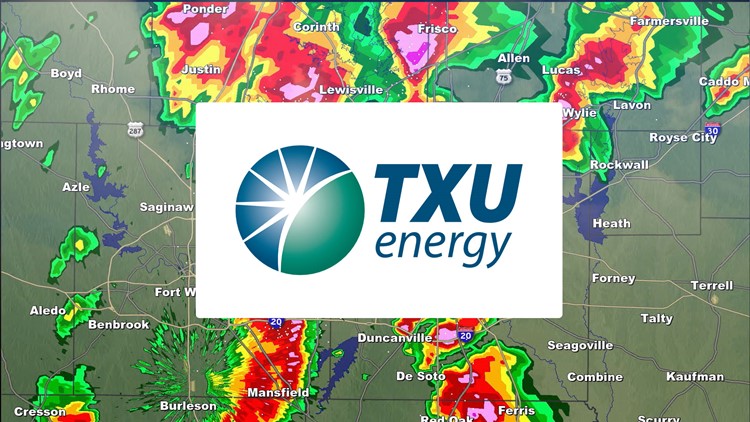Some 500 million people or one-third of the worlds population became infected with the 1918 Spanish flu. Few noticed the epidemic in the midst of the war.
 Mutation Rates Of Influenza Virus Polymerase Mutants Rates Of The Four Download Scientific Diagram
Mutation Rates Of Influenza Virus Polymerase Mutants Rates Of The Four Download Scientific Diagram
The Spanish flu continued to appear mutating and acquiring genetic material from other viruses For example the 2009 flu had genetic elements from earlier viruses so older individuals were.

Spanish flu mutation. In 1918 something similar may have happened. The Spanish flu virus of 19181919 had the worst qualities of both which is why it killed more people than World War I did. The Spanish influenza pandemic killed over 20 million people in 1918 and 1919 making it the worst infectious pandemic in history.
Likewise strains of coronavirus are known to mutate relatively easily. However a first wave of influenza appeared early in the spring of 1918 in Kansas and in military camps throughout the US. In mice the H1N1 Spanish flu is extremely virulent generating 39000 times more virus particles than a modern flu strain.
Here we review epidemiological and historical data about the 1918-1919 influenza epidemic in Spain. The Spanish flu became much more dangerous after an apparent mutation. The 1918 outbreak has been called the Spanish flu because Spain which remained neutral during World War I was the first country to publicly report cases of the disease.
The first wave of Spanish flu in spring 1918 wasnt that bad. Somewhere in Europe a mutated strain of the Spanish flu virus had emerged that had the power to kill a perfectly healthy young man or woman within 24 hours of showing the first signs of infection. That gave others the impression the flu came from there.
The Spanish flu broke out in a world which had just come out of a global war with vital public resources diverted to military efforts. In fact this has happened twice before according to an article edited by MedicineNet editor Charles Patrick Davis MD PhD. But by August when a second wave spread from France across Europe the US and much of the globe the virus had mutated to a far.
By targeting the inflammatory. But they can also mutate into a less deadly version. In the winters of 1919-1920 and 1920-1921 the Spanish flu made a comeback but it had now morphed into a less virulent virus whose symptoms were almost identical to a seasonal flu.
Here we report the complete sequence of the hemagglutinin HA gene of the 1918 virus. But although virologists have learned a lot about the combination of. In March of that year the United States experienced the first outbreaks of what would become known as The Spanish Flu an erroneous term adopted because the press in neutral Spain escaped wartime censorship and freely wrote about the illness.
On 22 May 1918 the epidemic was a headline in Madrids ABC newspaper. The Spanish flu didnt die off but drifted into an altered form. The 1918-1919 influenza pandemic was the most devastating epidemic in modern history.
After infecting an estimated 500 million people worldwide in 1918 and 1919 a third of the global population the H1N1 strain that caused the Spanish flu receded into the background and stuck. The name of Spanish Flu came from the early affliction and large mortalities in Spain BMJ10191918 where it allegedly killed 8 million in May BMJ 7131918. N ever again is a phrase associated primarily with the WWII genocide of Jews but it could as easily be applied to the horrific epidemic known as the Spanish Flu.








